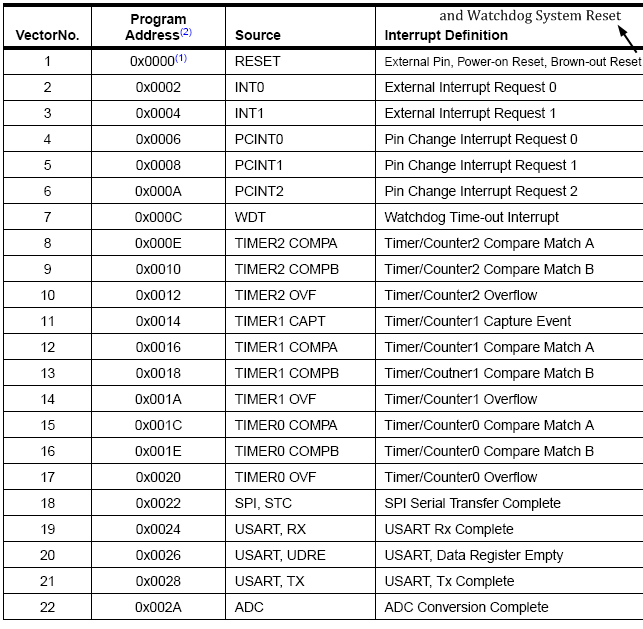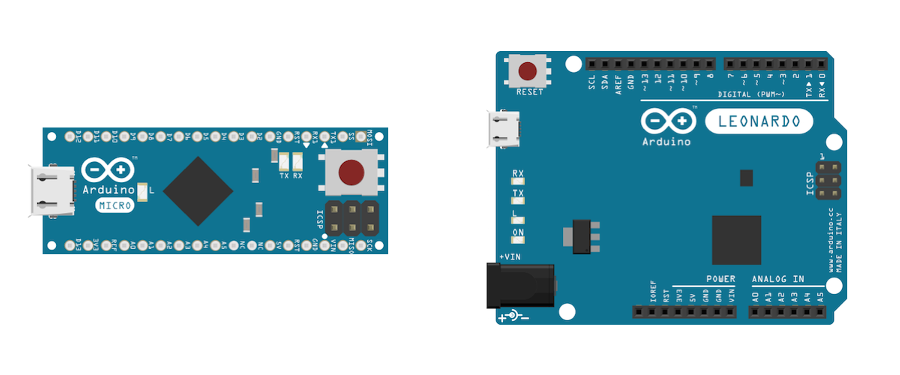

- #Arduino wrong empty vector code how to#
- #Arduino wrong empty vector code code#
- #Arduino wrong empty vector code series#
This means if a sketch gets stuck in a loop, the whole Arduino will typically stop executing any other task. Unlike a PC, an Arduino isn’t typically capable of executing two programs at the same time. Technically the Arduino is always running an infinite loop (the void loop() function), but an Arduino can appear to hang if it gets stuck in a loop that you didn’t intend it to. Accidental infinite loopĪ = returnThree() // a function that always returns 3
#Arduino wrong empty vector code code#
This is typically caused when the code is checking a loop condition that will always end up true. Stuck in an infinite loopĪn Arduino can appear to hang if it gets stuck in an infinite loop that prevents it from executing other code. Check it out here: /arduino-store-data/ 3. If you need more data storage on an Arduino, I wrote a whole guide listing a bunch of different ways to store data with Arduino (from a few kilobytes up to hundreds of gigabytes. Use free() if using malloc() is unavoidable, a sketch may still run out of memory despite using free() (due to the implementation of malloc()) but it’s less likely.Declare variables in a function when preparing a sketch, for most Arduino projects it should be possible to calculate the variables needed when writing the code the compiler will warn you if these get too large.To prevent an Arduino crashing from running out of memory: I also found there is no memory protection on an Arduino and I could reference any address I wanted (I love the feeling of power when working an Arduino). Once all the memory was allocated, any further request for memory would not work, however function calls would still work. I ran an experiment where I allocated all the memory on my Arduino (an UNO WiFi Rev 2) to see how the Arduino behaved. It is also possible to run out of memory using function calls (as described above). The easiest way for an Adruino to run out of memory is by allocating too many variables or too much space to variables, such as by using the malloc() function. If an Arduino runs out of memory it can crash, get stuck, or behave in an unpredictable manner. Reduce the number of local variables within the function if a recursive function must be used, reducing the number of local variables will allow for more function calls to fit in the Arduino memory.Consider using a for or while loop instead, most Arduino applications do not need recursive functions.If using recursive functions, ensure the condition to end the recursion doesn’t take too long to occur.To prevent an Arduino from crashing due to too many function calls: Address numbers count down and the Arduino crashes after about 360 calls of this function.Īrduino models with more memory will probably allow more function calls Arduino models with less memory will probably allow less function calls. On this Arduino model it was approximately 360 call to this function.Ĭode I used to use up all the addresses. By incrementing the argument in the recursion, I could see how many times the recursion occurred before the Arduino reset. I built a small function that has 1 argument and 1 local variable. I tested this on my Arduino UNO WiFi Rev 2.
#Arduino wrong empty vector code how to#
If (a > 10000) return // how to end the recursionĮach function call consumes some of the Arduino’s memory once the Arduino runs out of memory for functions it typically resets (as if the external reset button had been pressed) and runs setup() again. Recursive loop - a function that calls itself A recursive loop of functions is the most likely way to reach this function limit. Having functions with more local variables, or larger local variables, decreases the number of function calls that can be made before the Arduino resets. From an experiment conducted, this can occur after roughly 300 function calls. Calling too many functionsĬalling too many functions, such as in a recursive loop, can cause an Arduino to crash and reset.

I put together the results of these experiments as a guide on how an Arduino crashes or hangs, and how you can prevent this happening to you.
#Arduino wrong empty vector code series#
To help anyone prevent their Arduino from crashing or hanging, I ran a series of experiments to determine all the ways an Arduino can crash, hang, reset, freeze, stop running code, or do something strange.


 0 kommentar(er)
0 kommentar(er)
